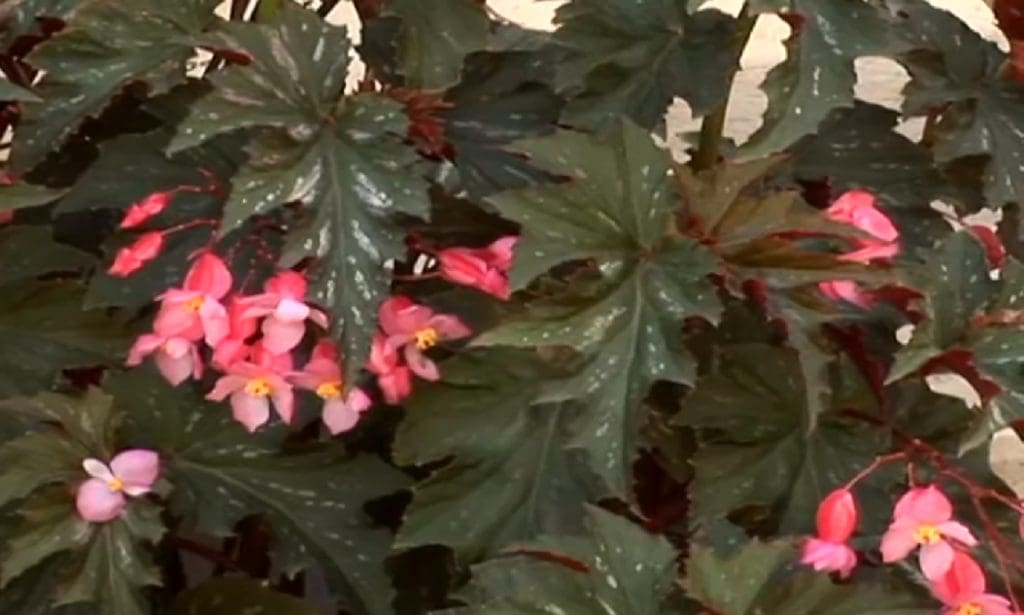By Maddy Rohr, K-State Research and Extension news service
Manhattan, KS — Horseradish, a root vegetable cultivated and used worldwide as a spice and condiment, is ready to be dug and used in the kitchen after a hard freeze kills the foliage, said Kansas State University horticulture expert Ward Upham,
That typically means it is ready to harvest in November or December.
“The large roots can be harvested, while smaller, pencil-sized roots can be cut in 6-8 inch long sections as seed or sets, which should immediately be re-planted for next year’s crop,” Upham said.
He said another option is to leave roots in the ground until needed but recommends mulching around the plant to prevent freezing.
To prepare horseradish for consumption, peel the large, fleshy roots and cut them into sections. Add a small amount of water and ice cubes to a blender or food processor along with the roots, and chop.
“Vinegar or lemon juice can be added to stop the process that produces the ‘bite’ of horseradish,” Upham said. “Add immediately after blending for a mild flavor, or wait up to three minutes to give the horseradish more kick.”
He suggests using 2-3 tablespoons of vinegar or lemon juice per cup of horseradish sauce. Add salt for additional flavor.
“Horseradish has an extremely strong odor and so you may wish to open the blender or food processor outdoors and to keep your face away from the container when opening,” Upham said.
Store horseradish in a tightly sealed jar and refrigerate.
Upham and his colleagues in K-State’s Department of Horticulture and Natural Resources produce a weekly Horticulture Newsletter with tips for maintaining home landscapes and gardens. The newsletter is available to view online or can be delivered by email each week.
Interested persons can also send their garden and yard-related questions to Upham at wupham@ksu.edu, or contact your local K-State Research and Extension office.













